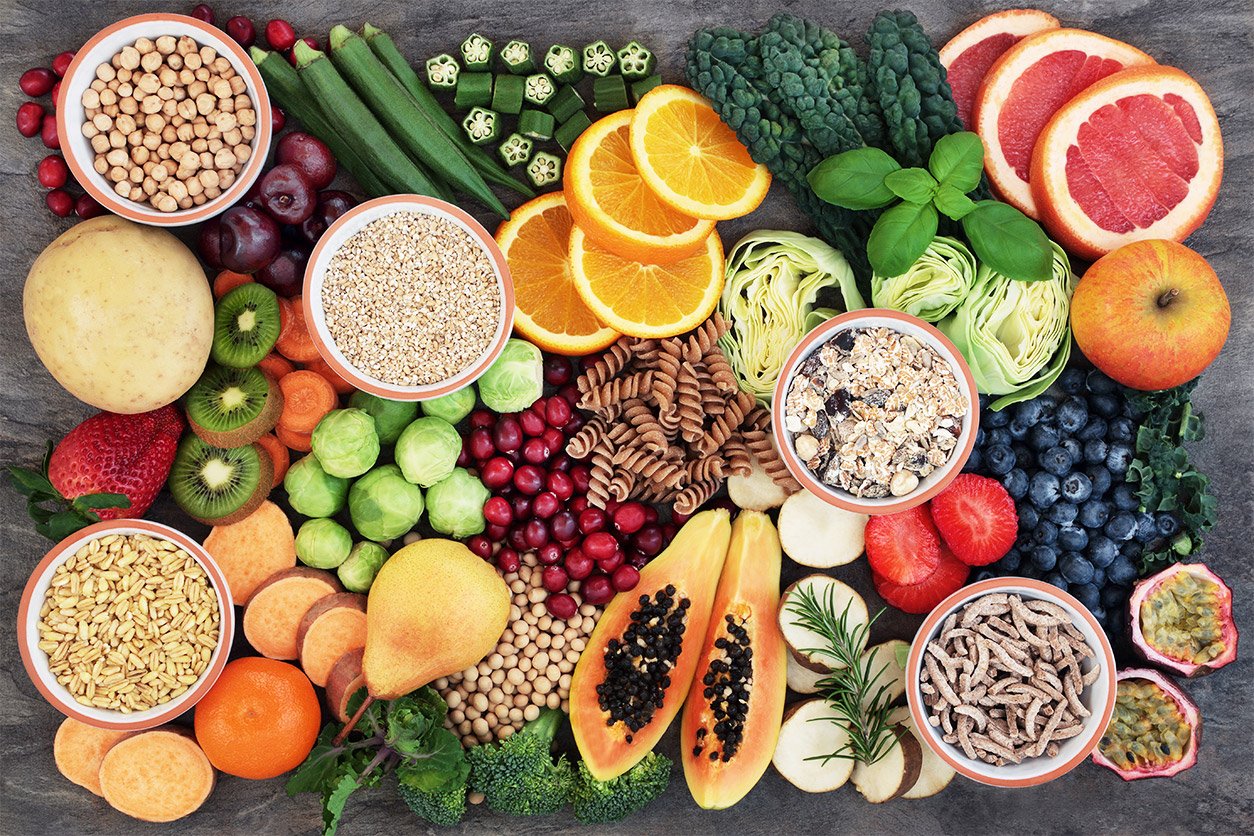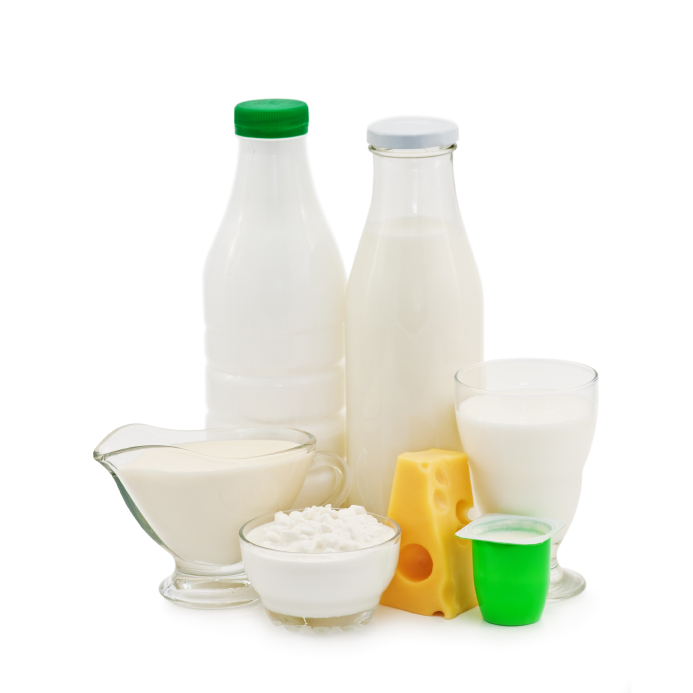
Balancing Blood Sugar: Diabetes-Friendly Eating Suggestions
Managing diabetes involves making informed dietary choices to regulate blood sugar levels. Adopting a diabetes-friendly eating plan can significantly impact overall health and well-being. In this article, we’ll explore practical suggestions for crafting a diet that supports blood sugar balance.
Understanding Diabetes and Nutrition
Before diving into dietary suggestions, it’s crucial to understand the relationship between diabetes and nutrition. Diabetes is a condition where the body struggles to regulate blood sugar effectively. Nutrition plays a pivotal role in managing diabetes by influencing blood sugar levels.
Prioritizing Low-Glycemic Foods
Focusing on low-glycemic foods helps control blood sugar spikes. These foods have a slower impact on blood sugar, preventing rapid fluctuations. Examples of low-glycemic foods include non-starchy vegetables, legumes, and whole grains. Incorporating these into meals promotes stable blood sugar levels.
Portion Control for Carbohydrates
Controlling carbohydrate intake is a key component of diabetes management. Monitoring portion sizes and choosing complex carbohydrates with high fiber content can aid in blood sugar control. Balancing the distribution of carbohydrates throughout the day also contributes to better glycemic control.
Choosing Lean Proteins
Including lean protein sources in meals helps stabilize blood sugar levels. Protein-rich foods like poultry, fish, tofu, and legumes provide a sustained release of energy and can offset the impact of carbohydrates on blood sugar. Balancing protein intake contributes to overall blood sugar management.
Incorporating Healthy Fats
While managing carbohydrates is essential, incorporating healthy fats is equally important. Healthy fats, found in avocados, nuts, and olive oil, contribute to satiety and help control blood sugar levels. Balancing fat intake supports a well-rounded diabetes-friendly diet.
Emphasizing Fiber-Rich Foods
Fiber plays a crucial role in managing diabetes by slowing down the digestion and absorption of carbohydrates. Whole fruits, vegetables, whole grains, and legumes are excellent sources of fiber. Prioritizing fiber-rich foods aids in maintaining steady blood sugar levels.
Mindful Meal Planning
Adopting a mindful approach to meal planning involves considering the timing and composition of meals. Spreading meals evenly throughout the day and including a balance of carbohydrates, proteins, and fats in each meal contributes to better blood sugar control.
Hydration with Water
Proper hydration is essential for individuals with diabetes. Water is the best choice for staying hydrated without affecting blood sugar levels. Limiting sugary beverages and opting for water supports overall health and assists in maintaining stable blood sugar.
Regular Monitoring and Adjustments
Regular blood sugar monitoring is crucial for understanding the impact of dietary choices. Keeping track of blood sugar levels allows individuals to identify patterns and make necessary adjustments to their eating plan. Consistent monitoring empowers better diabetes management.
Professional Guidance for Personalized Plans
Individuals with diabetes should seek professional guidance from healthcare providers and registered dietitians. These experts can offer personalized advice, considering individual health conditions, medication regimens, and lifestyle factors. Customized plans enhance the effectiveness of diabetes management.
Physical Activity as a Complement
While this article focuses on nutrition, incorporating regular physical activity is essential for comprehensive diabetes management. Exercise helps improve insulin sensitivity and supports overall well-being. Combining a diabetes-friendly diet with regular exercise maximizes health benefits.
In conclusion, adopting diabetes-friendly eating suggestions is a proactive step toward managing blood sugar levels and promoting overall health. By understanding the principles of balanced nutrition, individuals with diabetes can take control of their well-being.
For more detailed information on diabetes-friendly eating suggestions, visit Diabetes-friendly eating suggestions.




